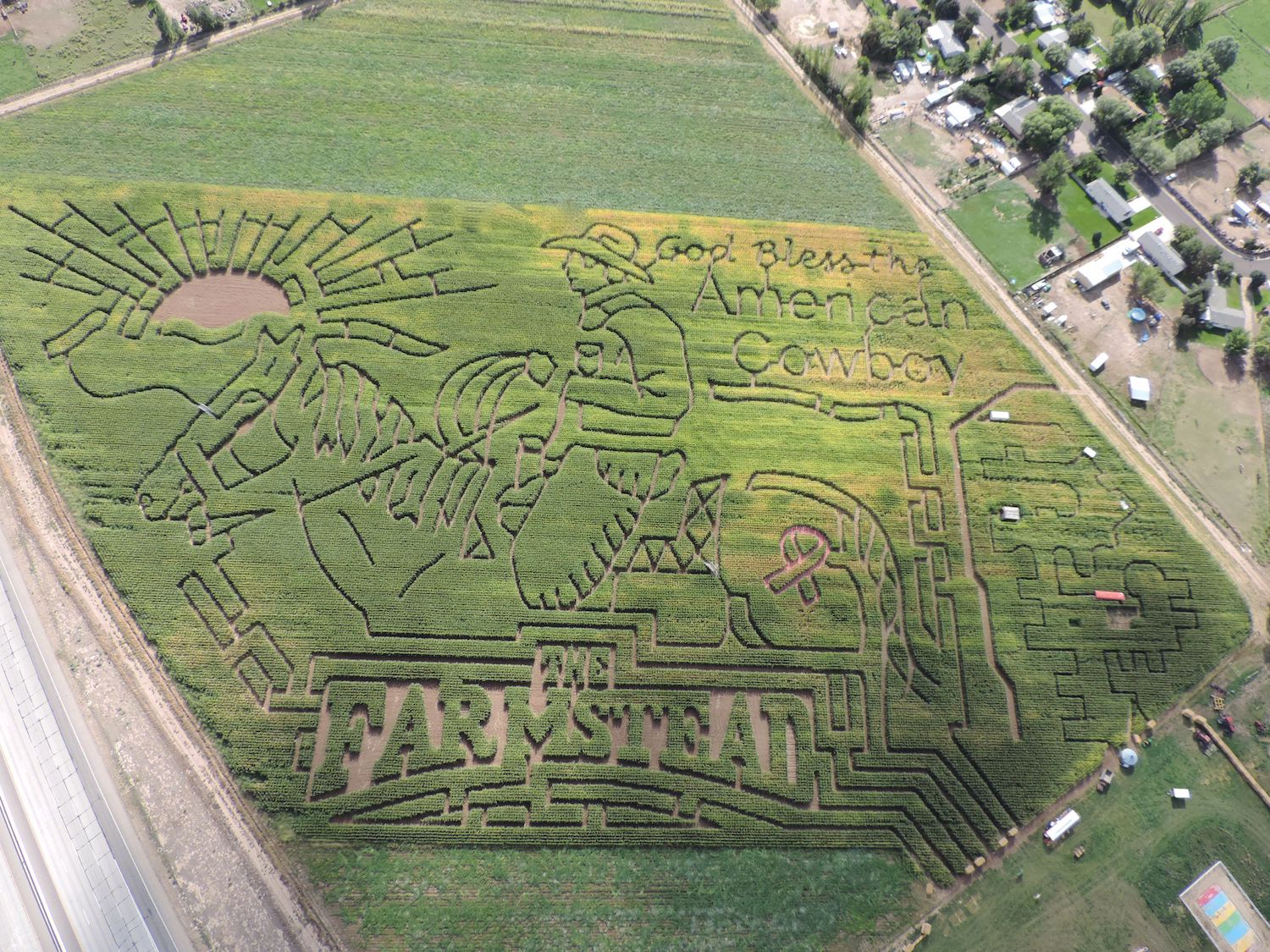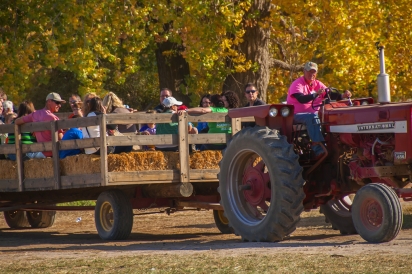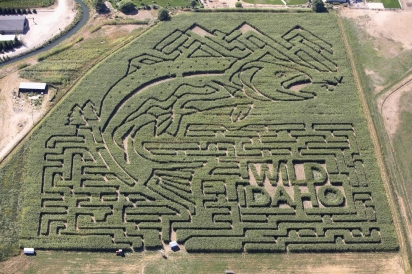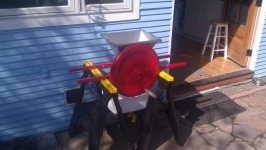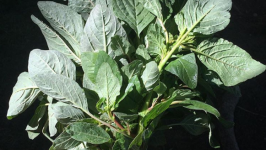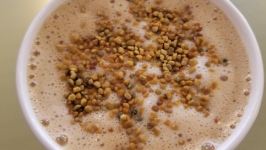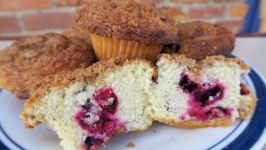Cornapalooza: The Wonder of Corn Mazes
Amused by lofty royals challenging themselves to find their way out, European palace gardeners created confusing mazes of stone or hedge. The royals loved the puzzle of it, which naturally spread to the commoners. Mazes became prominent in public parks. Labyrinths on church grounds were believed to calm the soul during life’s transitions, with the idea that once the center was found, the soul became more centered. The charm and challenge of mazes hasn’t abated especially during the months of September, October, and November, where corn mazes can be found in almost any Idaho county.
As a kid, Jim Lowe had never even heard of a corn maze, let alone imagined himself running one though he grew up around agriculture and studied agribusiness in college. Intrigued by agritourism as a way of increasing revenue for his Meridian farm, he decided to blend farming with public interaction, education, and wholesome fun.
Now, each year he plants thousands of dent corn seeds in anticipation of a maze for his fairly small-scale yet production-scale commercial farm, The Farmstead. “If you plant it, they will come,” has deep meaning to Lowe. “We spend all year getting ready for the fall, with set up during September. When October comes, it’s madness for about 30 days, and then it’s over. We clean up, get everything put away, and start planning for next year. Perspective-wise, the maze is a small portion of what we do, but with everything it takes to pull it off, it’s a large portion,” said Lowe.
Lowe’s mazes take extensive forethought, beginning with decisions on next year’s image. It has to have a good geometric design and be something they can have fun with, like a bee and honeycomb or presidential candidates. Lowe uses a computer program to create the design, manually drawing in pathways to form the desired image, usually a scaled-down version of The Farmstead’s current field size. Once a design is established, Lowe and any assistants go back out into the field and recreate it full-size. They measure carefully much like a surveyor would. “People are intrigued by the process, but when it comes right down to it, it’s just a lot of walking in circles, hard work, and head scratching,” said Lowe. Concerned about mistakes, the first field took a long time to cut. With multiple years of experience now behind him, it no longer stresses him. “It takes a lot of organization, geometry, and some good application of basic principles,” said Lowe.
Layout can take up to two full days, but getting the maze fully prepared is a season-long process. Corrugates used for irrigation are groomed and smoothed over the day before opening in order to avoid tripping. Factoring in nature, it’s not always an exact science. A thunderstorm can blow through in late summer, knocking down hundreds of cornstalks. The soil in certain areas might not be as good as in others, causing weaker plants. “It goes with the territory,” added Lowe, “and actually plays to the overall theme we like to present, that those sorts of things are just a part of life on the farm.”
At the end of the season, crops are harvested, and cornstalks are chopped up and returned to the soil, leaving a clean slate for next year, when the farm owners will think up an entirely new theme. “We’re always excited for that moment of truth, the helicopter flyover,” he said.
In addition to puzzle-solving, The Farmstead offers educational outreach programs, inviting visits from school groups that offer children passes when they follow a program for tracking everything they eat for a week or making note of foods grown and produced in Idaho. “We weave education into everything we do,” he said.
The maze is no exception.
“In today’s world, we get so used to having an escape key or ‘easy button’ when something gets too hard. It’s not difficult to bail out. Here, you lose your bearings, it’s a challenge, and that’s what’s great about it.” Lowe explains that the maze is divided into several sections, so one won’t get lost in the entire maze, just a section of it. “Don’t worry, every two weeks we send the dogs in to clear out the stragglers,” Lowe chuckled.
At season’s end, the corn is sold as animal feed to local Valley dairies or feedlots, contributing to the area’s milk and beef supply. The pumpkins have a grand finale all their own called The Pumpkin Smash. Folks are encouraged to bring their Jack O’Lanterns or make use of the farm’s pumpkin surplus.
“Don’t trash ’em, smash ’em,” Lowe says, “It’s compost. Put them back into the ground.”
They have all sorts of creative ways to do so, including dropping pumpkins from cranes or shooting them out of pumpkin blasters. Lowe finds satisfaction in looking out over a field full of people getting lost in the cornfield, enjoying hayrides, eating corn on the cob, hamburgers, fresh hand-dipped apples or kettle corn, or just looking at the tractors. He knows these are times they’ll cherish and believes food in all of its forms has a way of bringing people together.
“When you see people having that rich of an experience,” Lowe said thoughtfully, “it all connects for them. That’s a really rewarding thing from our standpoint.”


